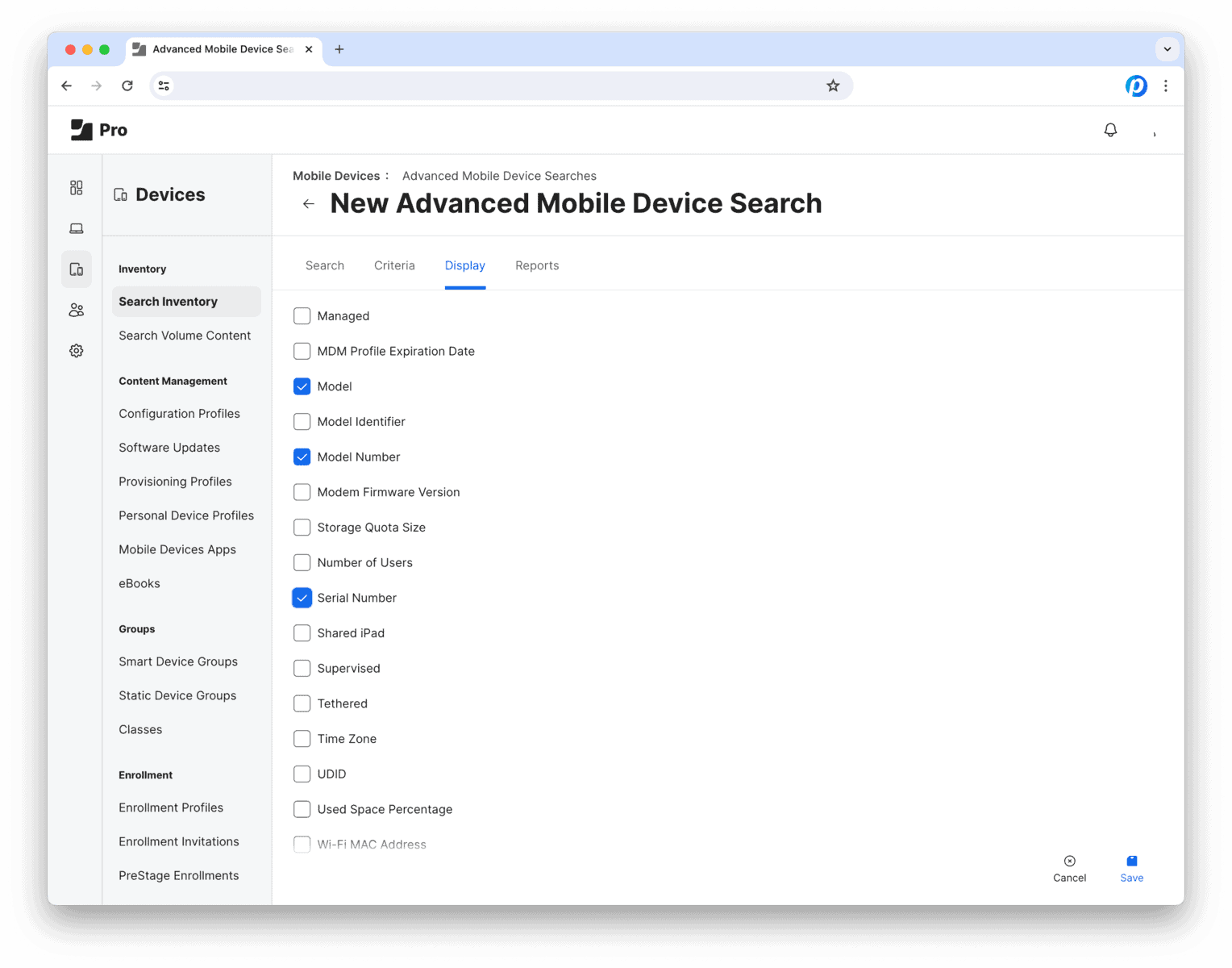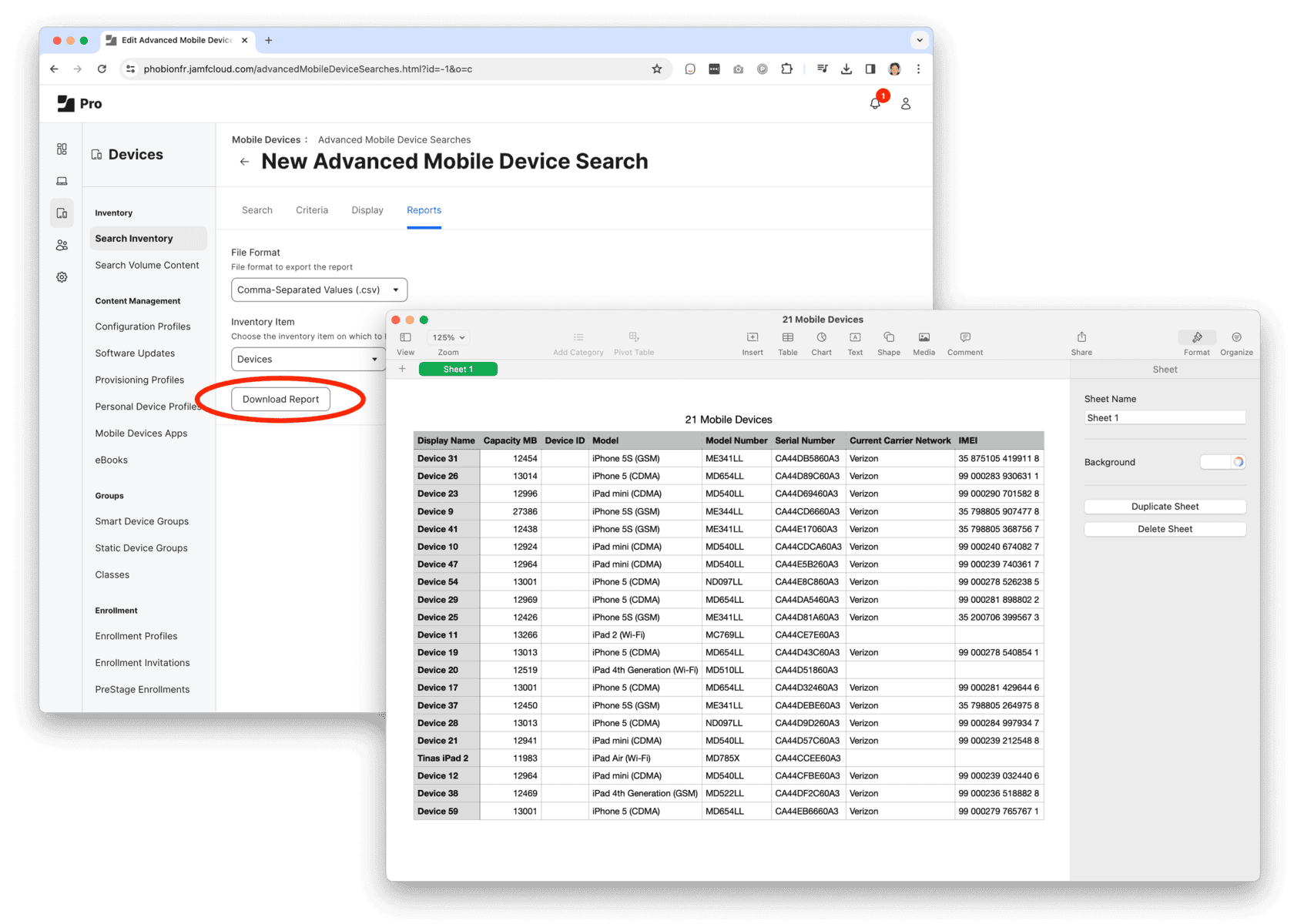With Labor Day approaching, it seems like the perfect time to reflect on our nation’s evolving workplace. Since COVID-19 struck the U.S. in March, the American business world has undergone a seismic shift. In response to stay-at-home orders and social distancing regulations, companies have shuttered their offices and sent employees to work from home.
Professionals across the country now spend their days bouncing between Zoom meetings, Skype chats and conference calls—many of them working from their couch, kitchen table, treadmill or even poolside lounge chair. Today’s office attire is an eclectic mix of active wear and pajamas with the occasional blouse or button-up for those video calls. Countless remote workers are juggling emails and PowerPoint presentations while acting as teaching assistant to their kids who are enrolled in virtual school.
In this environment, it’s more important than ever for businesses to arm their employees with the latest and greatest technology. Here at Phobio, we’ve noticed that trade-ins of smartphones, tablets and other devices have been on the rise since the beginning of the pandemic. Of course, it’s no wonder why: Both employees and employers are updating their technology so they can work (and socialize) more effectively from home.
Remote Work is Here to Stay
While remote work started off as a temporary solution for some organizations, many have decided it will be a permanent change. In July, research and advisory company Gartner released a study about how businesses might look post-pandemic. According to the study, 82% of business leaders say they plan to continue to let employees work from home at least some of the time, and 47% plan to allow employees to work remotely permanently.
“The COVID-19 pandemic brought about a huge experiment in widespread remote working,” pointed out Elisabeth Joyce, vice president of advisory in the Gartner HR practice. “As business leaders plan and execute reopening of their workplaces, they are evaluating more permanent remote working arrangements as a way to meet employee expectations and to build more resilient business operations.”
After the pandemic, many organizations likely will have some employees working in the office and others working remotely—which means business leaders will need to adapt to managing a dispersed workforce.
“The question now facing many organizations is not how to manage a remote workforce, but how to manage a more complex, hybrid workforce,” said Joyce. “While remote work isn’t new, the degree of remote work moving forward will change how people work together to get their job done.”
Tech Trade-Ins on the Rise
As an unprecedented number of professionals continue to work from home, one thing is certain: Top technology is no longer a luxury for businesses; it’s a necessity. If companies want to keep remote workers productive and connected, they must equip them with highly functional smartphones, tablets, laptops and other devices.
For many organizations, trade-ins are the most cost-effective option for upgrading technology. This is exactly why Phobio has seen an uptick in trade-ins since the beginning of the pandemic. Our simple bulk buyback solution makes the trade-in process incredibly quick and easy for companies managing a remote workforce.
Want to learn more? Reach out to us!








